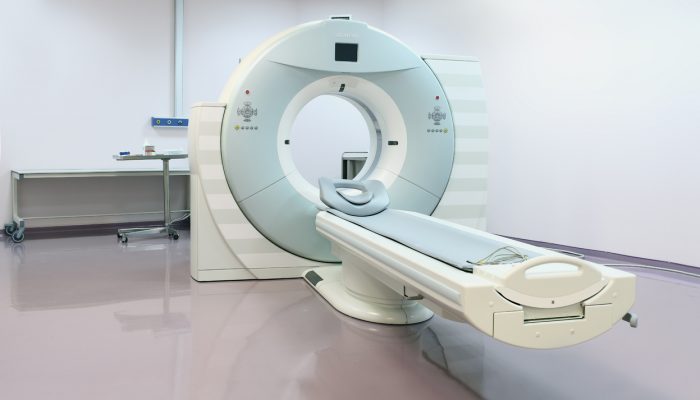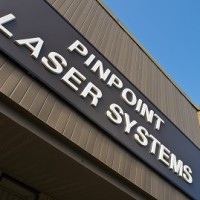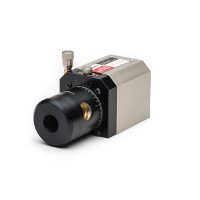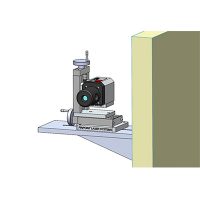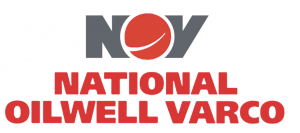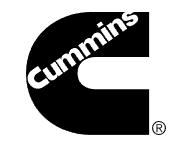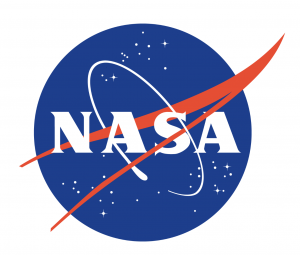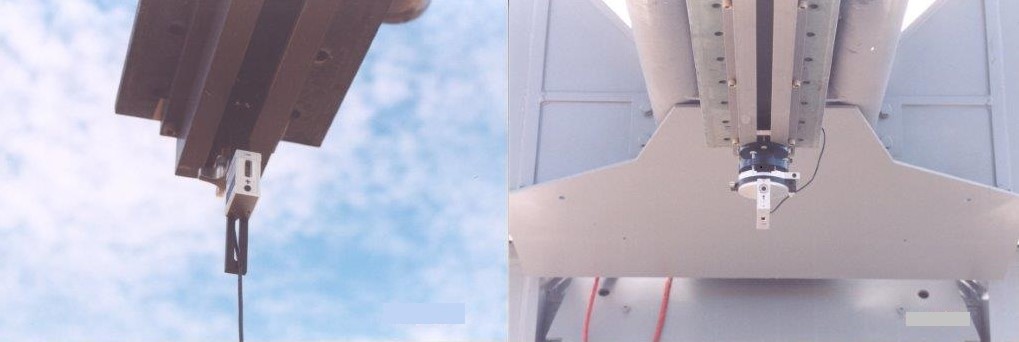
NASA uses different sounding rocket vehicles to conduct scientific research and test new prototype instruments in suborbital space. Launched to altitudes between 30 and 90 miles (48 to 145 kilometers), these rockets carry various scientific instruments, such as telescopes, cameras, and spectrometers, to collect data and monitor high-altitude weather conditions. Often, they determine any adverse weather prior to a space launch.
Launch Mechanism
Sounding rockets are typically launched from rails and do have active guidance systems or boosters. Proper alignment of launch rails is critical to ensure that the rocket follows its intended flight path.
Laser Alignment of NASA Rail System
At the Kauai Test Facility operated by the Sandia National Laboratories, an effective alignment system was needed for a NASA T-slot rail system on a sounding rocket launching pad. Conventional alignment tools, such as wire and machinist scales, were inaccessible and lacked the necessary accuracy.
The Pinpoint Solution
A Pinpoint Laser System Model 2000 offered a superior solution for quickly and precisely aligning 450 inches of rail within a tolerance of 0.012” TIR (Total Indicator Runout) along the entire rail installation. The laser beam transmitter and the receiver of the Pinpoint system were mounted on fixtures to the NASA T-slot rails to expedite the process and ensure accurate results.
The Pinpoint system outperformed the wire and machinist scale technologies in both time and accuracy. By eliminating wire tension deviation, vibration, wind movement, or breakage during the measurement process, repeatability of measurements significantly improved.
An easy-to-read hand-held LCD receiver display facilitates manual data recording at each bolt station in the rail flanges to identify the highest point on the launcher boom and calculate shim heights for alignment. The data allowed for real-time adjustments.
Results
The Pinpoint Laser Alignment System ensures that the sounding rocket launch rails are straight and true. This results in a smooth ride down the rails, minimizing any unintended deviations in the flight path when rocket shoes release from the launch rail. Well-aligned rails also help achieve the predicted 0-Sigma impact points far away.
System Upgrade
During a visit to the Pinpoint Laser System facility after installation, Sandia noted the potential of Pinpoint’s latest technology – the Microgage PRO Plus and 2D systems with dual-axis digital target receiver modules – as possible industry standards for precise sounding launch rail alignment by the worldwide sounding rocket launch community.
These advanced laser alignment systems offer:
– Wireless connection between dual-axis (X and Y) target and display (Pro PLUS).
– Internal batteries for hand-held display, making the laser system wireless without the problem of connecting cables.
– An operational range of over 120 feet without losing accuracy.
– Self-centering dual-axis target fixture for enhanced X and Y measurements.
– Rail mapping in a single pass for complete alignment measurement in determining distortion and the optimal rail straightness.
These technologies can be employed to check and align existing rails across all launchers in use throughout the NASA network for better O-Sigma accuracy. The Microgage PRO Plus can also ensure precise alignment of jackscrew shafts with elevation drive housings to extend operational reliability. In the meantime, the Pinpoint Laser System Model 2000 continues to provide accurate alignment of NASA T-slot rail system at the Kauai test facility.

